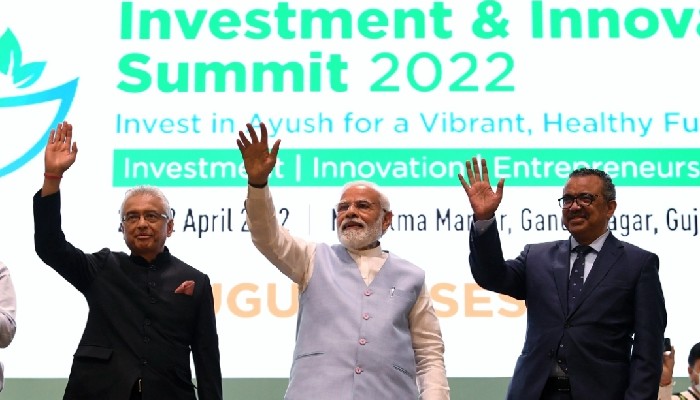The Delhi Metro Rail Corporation (DMRC) will enter an elite league of the world’s Metro networks which can operate without drivers
India's first driverless train was inaugurated on Delhi Metro's Magenta Line by Prime Minister Narendra Modi through video conferencing on Monday. The National Common Mobility Card was also expanded to the Airport Express Line of Delhi Metro.
With this, the Delhi Metro Rail Corporation (DMRC) will enter an elite seven per cent league of the world’s Metro networks which can operate without drivers.
The driverless trains will be fully automated, which will eliminate the possibility of human error. After the start of driverless services on the Magenta Line, the Pink Line of Delhi Metro is expected to have driverless operations by the middle of 2021.
Speaking at the event in the presence of Union Minister Hardeep Puri and Delhi Chief Minister Arvind Kejriwal, the Prime Minister termed today's event as an attempt to make urban development “future ready”.
He went on to explain, modern thinking says that urbanisation should not be seen as a challenge but used as an opportunity to build better infrastructure in the country, an opportunity through which we can enhance Ease of Living. He said this difference of thinking is seen now in every dimension of urbanisation.
He added that in 2014, only 5 cities had metro rail and today, metro rail is available in 18 cities. By the year 2025, this would be expanded to more than 25 cities. In 2014, only 248 km of metro lines were operational in the country and today it is about three times, more than 700 kilometres. By the year 2025, the government is trying to expand it to 1,700 km.
The Prime Minister remarked that the government formulated the metro policy for the first time and implemented it with an all-round strategy. Emphasis was on working according to local demand, promoting local standards, Make in India expansion and use of modern technology. He listed different types of metro rail on which work is being carried out.
While the Regional Rapid Transit System (RRTS) was progressing on select routes, work was being done on the MetroLite version in cities where passenger numbers were less. This would be constructed at 40 percent cost of a normal metro. He further added that Metro Neo is being worked on in cities where the ridership is less. It would be built at the cost of 25 percent of the normal metro. Similarly, water metro would be an out of the box thinking. For cities where there are large water bodies, the water metro is now being worked on.
The Prime Minister said the metro today is no longer just a medium of public transport but a great way to reduce pollution. Thousands of vehicles have been reduced from the road due to the metro network, which used to cause pollution and jam.
Talking about the importance of Make in India, Prime Minister said, it reduces costs, saves foreign exchange, and gives more employment to people in the country itself. He stressed that standardisation of rolling stock has reduced the cost of every coach from Rs 12 crores to 8 crores now.
Taking the example of the Common Mobility Card, the Prime Minister dwelled on the process of consolidating all the systems. Through such consolidation of systems, the strength of the country is being harnessed in a more coordinated and efficient way. “Like One Nation, One Mobility Card, our government has done many things in the past years to integrate the systems of the country,”
The Prime Minister also used the occasion to reiterate that the country was moving in the direction of One Nation, One Agriculture Market due to new agricultural reforms and arrangements like e-NAM.
 Contact Us
Contact Us  Subscribe Us
Subscribe Us









 Contact Us
Contact Us
 Subscribe
Subscribe
 News Letter
News Letter

